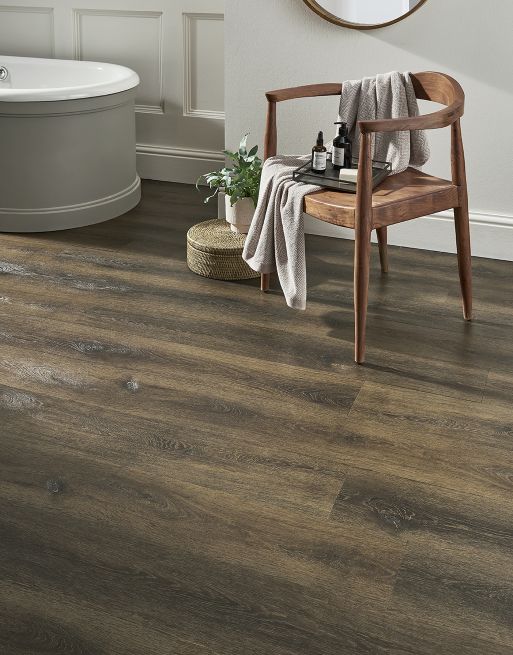With the cost of living affecting millions of families across the country and energy prices through the roof, there are a number of flooring improvements homeowners can use to ensure their houses can retain heat.
Josh Barber, buyer at Flooring Superstore, gives us all the top tips we need to be energy-efficient as we head for the next energy price hike in October.
1: The right underlay
“Homeowners should always consider what goes on below foot when it comes to insulating the home. By choosing the right flooring components, heat loss can be minimised, creating a warmer home and, in turn, reducing energy bills,£ Josh explained.
“Underlay, used below carpets, laminate and wood flooring, is made up of millions of tiny fibres which are natural insulators, trapping the cold air that travels up through the floor to ensure it doesn’t make its way into the home. As a result, the home becomes naturally warmer – meaning less reliance on energy-intensive heat sources.”
Did you know, that when you lay new floor covering, you should also replace the underlay for the optimum floor performance? Underlay extends the lifespan of a carpet or laminate floor by up to 50%; reduces noise levels and improves air quality, making a more comfortable and healthy home overall.
2: Innovative alternative to classic options
Wooden and concrete floors may be on trend but the can be cold underfoot and are tricky to insulate. However, there are some new, innovative products out there that not only meet current styles for both new and period properties but offer multiple benefits from a thermal comfort point of view.
Vinyl is a cheaper alternative but more modern ranges offer a superior style to what homeowners might first think. For example, the Sonoma Stone option has a realistic bevel, which gives it a genuine stone feel, while the pale tones of grey and textured elements achieve a realistic concrete flooring look. But unlike actual concrete, this flooring is compatible with underfloor heating and at 2.6mm thick, offers additional comfort and warmth.
Josh added: “Tiles are also popular as a flooring option in period properties, but again these can feel cold to the touch. Patterned vinyl give a nod to the style of Victorian flooring, but at 4.3mm thick and teamed with thermal backing, can really add some extra warmth to a home.”
“Carpet is one of the warmest flooring options you can choose. Wool carpets are natural, fire resistant, warm and a popular choice in many homes, bringing a natural textured feel. Alternatively, saxony pile has tufted ends providing extra comfort underfoot and twist carpets are similar to saxony without the tufted ends, bringing comfort and durability to your home. The Sisal Tigra Toasted Blush, for example, would work well in different period properties thanks to its neutral tone. Made from 100% natural fibres and offering a thickness of 7mm, the carpet is particularly strong and durable for high traffic areas like hallways and stairs.”
3: Upgrade your heating
“If you need to update your heating system and want a cost-effective option, underfloor heating is a good choice. With both electric and water-based systems, you can benefit from consistent heat throughout the room where it is installed. Compared to traditional radiators – which need to be heated to a higher temperature, typically between 65°C and 75°C – underfloor heating only needs to run at around 29°C or lower. Because these systems consume less energy, this helps to reduce your energy bills.
“If you’re moving over to underfloor heating, you’ll need to consider which flooring you team with it. Real wood solid flooring isn’t advised as the planks can become damaged with the fluctuations in temperature. However, engineered hardwood flooring or an innovative alternative like EvoCore can look as good as real wood but are compatible with underfloor heating. Other options like vinyl and carpet are also suitable.”
Alternatively, Cellecta ScreedBoard 28 is an innovative acoustic flooring solution that combines the durability and aesthetic appeal of a traditional screed with exceptional noise insulation properties, making it ideal for both new builds and refurbishments while minimising floor height.



 Bitcoin
Bitcoin  Ethereum
Ethereum  Tether
Tether  XRP
XRP  Solana
Solana  USDC
USDC  TRON
TRON  Cardano
Cardano  Lido Staked Ether
Lido Staked Ether  Avalanche
Avalanche  Toncoin
Toncoin